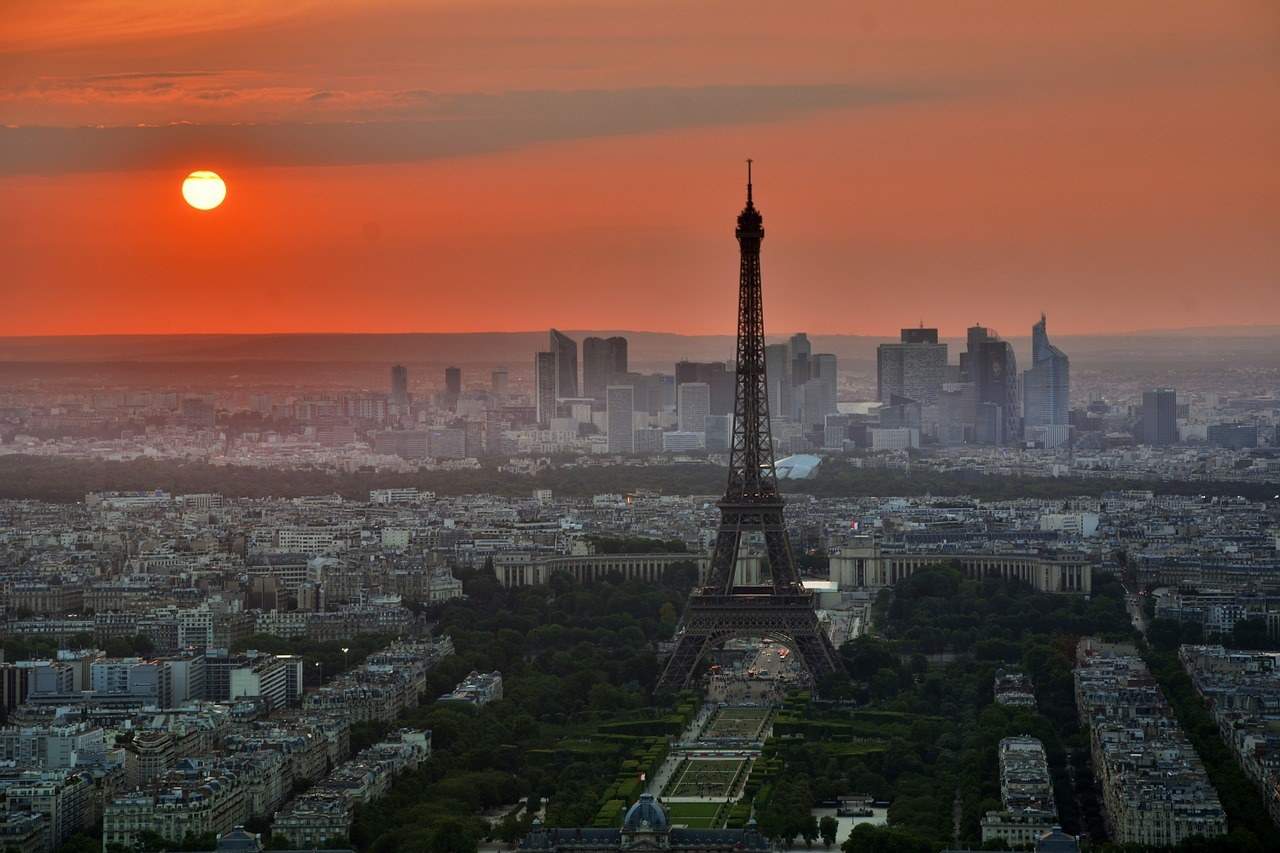Every city has its recognisable landmarks. These are spots that have become our minds’ shorthand for the cities themselves. You hear “Paris” and immediately picture the Eiffel Tower. Someone talks about Rome, and you see the Vatican. Rio? The statue of Christ the Redeemer. And so on, and so on.
And that’s the thing with shorthand – we don’t think deeply when we have the short-form information available. Our minds crunch it down to “statue” or “tower”, and often, we don’t give much thought to the history. Which is a shame, because the stories behind some of these landmarks are usually what makes them so remarkable.
India: Taj Mahal
We could all recognise it at a glance, but what is the story behind the Taj Mahal? Well, in 1607 Prince Khurram, son of the Moghul emperor, met Mumtaz Mahal selling pearls and glass beads. Smitten with her and not the entourage of potential suitors he could choose from, he married her in 1612.

In 1631, three years after Khurram became emperor Shah Jahan, Mumtaz died in childbirth. Khurram swore never to remarry, had the Taj Mahal built as her mausoleum and, when he died in 1666, was buried alongside her.
USA: The Statue Of Liberty/Ellis Island
The idea of a monument from the French people paying tribute to America was conceived in 1865 by Edouard de Laboulaye. The sculptor Auguste Bartholdi was commissioned in 1876 to create it. The idea was that it would symbolise the (at the time) positive relationship between the two nations.

The statue was commissioned to celebrate 100 years of American independence. New York helicopter tours allow you to see Lady Liberty from a unique angle. Along with the Ellis Island state park, a landmark to the immigration on which America grew, it is an essential part of any visit.
France: The Eiffel Tower
In 1885, preparations began in earnest for the marking of 100 years of French democracy. The Revolution of 1789 overthrew the unpopular, bloated monarchy and created a republic. Among those celebrations was the construction of a monument to those 100 years. Architects submitted competing designs for such a monument.

Although selected as the winner, the tower designed by Gustave Eiffel was not universally popular. It was felt that in a city as beautiful and artistic as Paris, the industrial style of the tower would be an eyesore. Safe to say, it has its critics today. But just try to imagine that Parisian skyline without it!
All landmarks have their history, their fans and their critics. For example, the Little Mermaid statue in Copenhagen. Built in 1913, it has been decapitated twice since 1964. Or the famous Hollywood sign, which has been amended to say things it was never intended to say. One could argue that whatever the intent of the vandals, these acts have merely added to the history of the landmarks themselves.
That’s not to stand as an encouragement, however. In the vast majority of cases, vandalising iconic landmarks will at the very least see you arrested. If you want to bring home mementoes of a trip to see such landmarks, let a selfie suffice.



